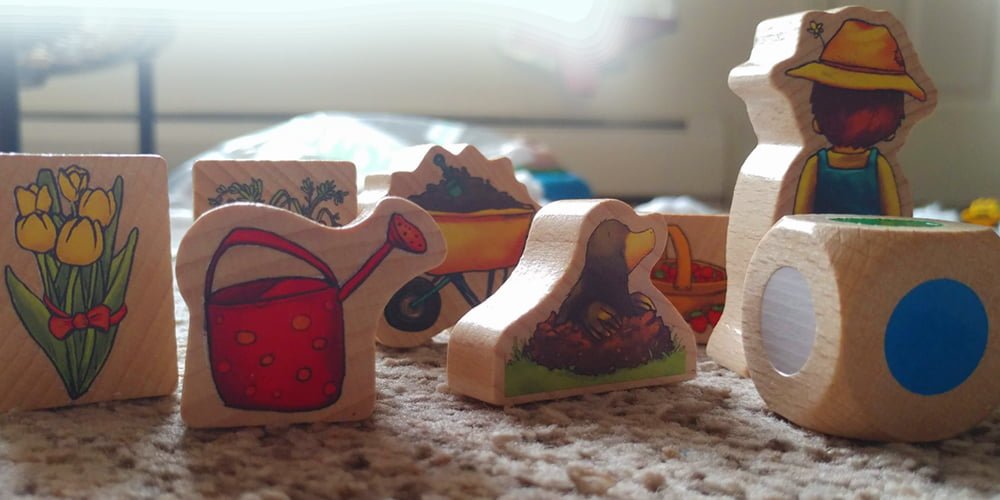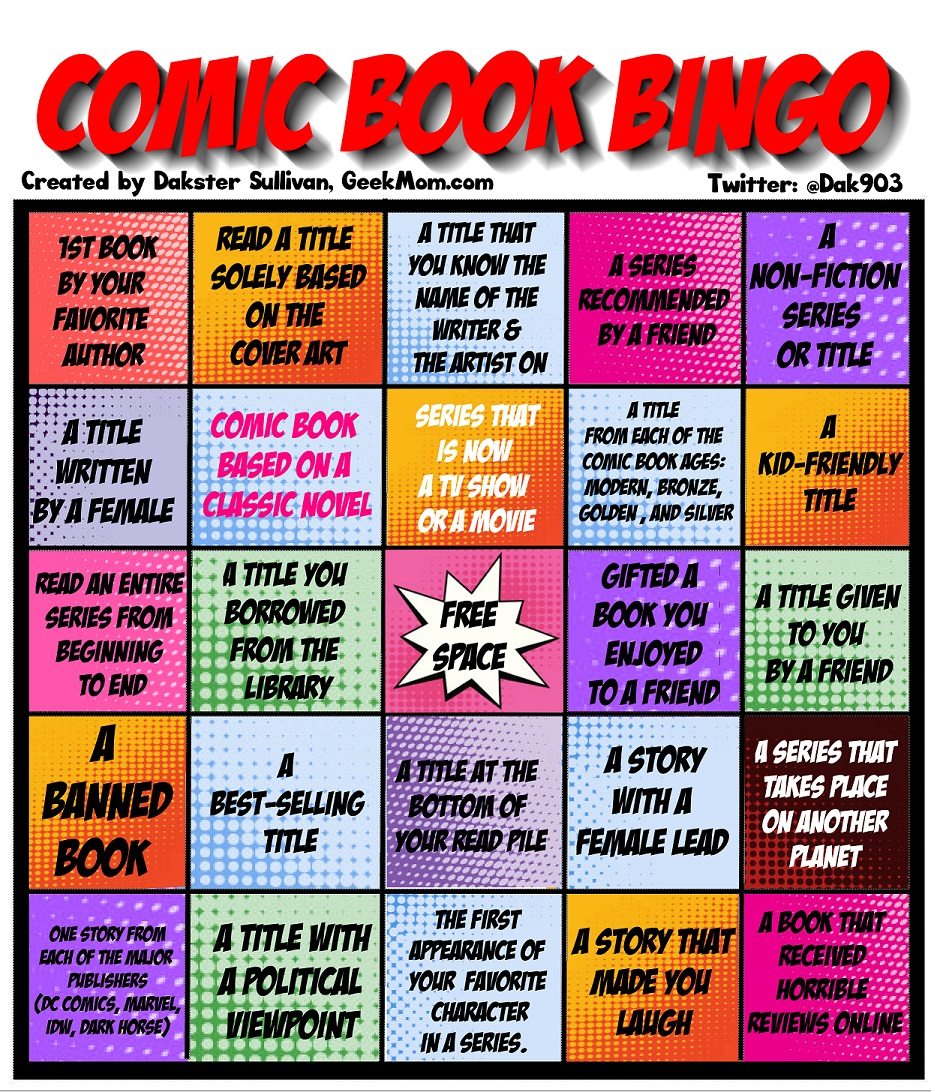
Board games are a great way for parents and kids to learn and build relationships together. The classics, such as Candyland and Chutes & Ladders, offer opportunities to teach about healthy competition, but they miss the mark when it comes to skills like cooperation. My Little Garden focuses on building and nurturing a garden together. Players work together against the game to grow a garden before Molly Mole can build a big hole in the middle of it.
When we first opened it up, Fairy (age 4) spent some time using the wooden figurines to make the garden grow. She laid plots down with Gardner Gabriel, the wheelbarrow, and the watering can. She had a nice chat with Molly Mole, and we talked about the different items pictured on the board that Gabriel needs to grow the plants. She enjoyed the play so much, we incorporated it into our game!

The first thing I noticed was the quality. The detail and thought put into the build of the board game blew us away. It comes with extremely durable pieces, really taking into account the temperament of the two plus age range it advertises for on the box. The board and game pieces are also very thick. The wooden painted figures really set HABA, the makers of My Little Garden, in a league of their own.
The Instruction booklet offers two different ways to play. The first is Free Play, which encourages you and your child(ren) to get used to the game pieces for pretend play scenarios. Fairy spent about 30 minutes just playing before and after we played the game together. Kids who aren’t ready for turn taking and following directions can use this board game as a stage for pretend play, working up to gameplay mode at their own pace.

When it was time to play My Little Garden, the directions were easy to follow, with visual clues on the board for reminders in case a player forgets. As the instructions say, there are a lot of opportunities to build language and expression using situations throughout the game. The book also gives you a little story to introduce Gardner Gabriel and give an overall plot to the game. We read the scenario story to set the tone, and it motivated us to get to work growing the garden.
Each player takes turns rolling a large die that is perfect for all hand sizes. They move clockwise around the board, which is also the direction Molly Mole’s nose is pointing towards. This works as great visual reminders to use if a player forgets. If the player lands on a mole, then Molly Mole digs in the garden, and the player puts a dirt circle in the middle of the garden. If Gardner Gabriel lands on a clear space, then the player gets to pick a plot on the garden to grow. The players must work together to grow the garden before Molly Mole finishes digging her hole.
This simple concept can be expanded upon in a variety of ways. We tended to the garden in our turns causing that plot to grow. On Fairy’s turn, she would roll the die, move Gardner Gabriel to his spot that matched the die’s color, and then tend to the garden by watering and weeding using the wooden figurines. It was a perfect way to keep her engaged when her attention span would start to fade. She could also hold one of the figurines as a fidget while I was taking my turn. We talked about what she was doing as she tended to her garden, and worked on sequencing events, which can be difficult for some kids.
My Little Garden is a great beginner board game to add to your collection where you can make every day Earth Day! The goal is simple, and directions minimal, with infinite ways to make it your own. The game is very well designed, incorporating the needs of caregivers and kids, that can be used in a variety of ways, no matter your specific need. This board game would also be a wonderful asset to any child therapist’s catalog, with so many ways to learn language skills, turn taking, event sequencing, pretend play, patience, and, of course, cooperation.





